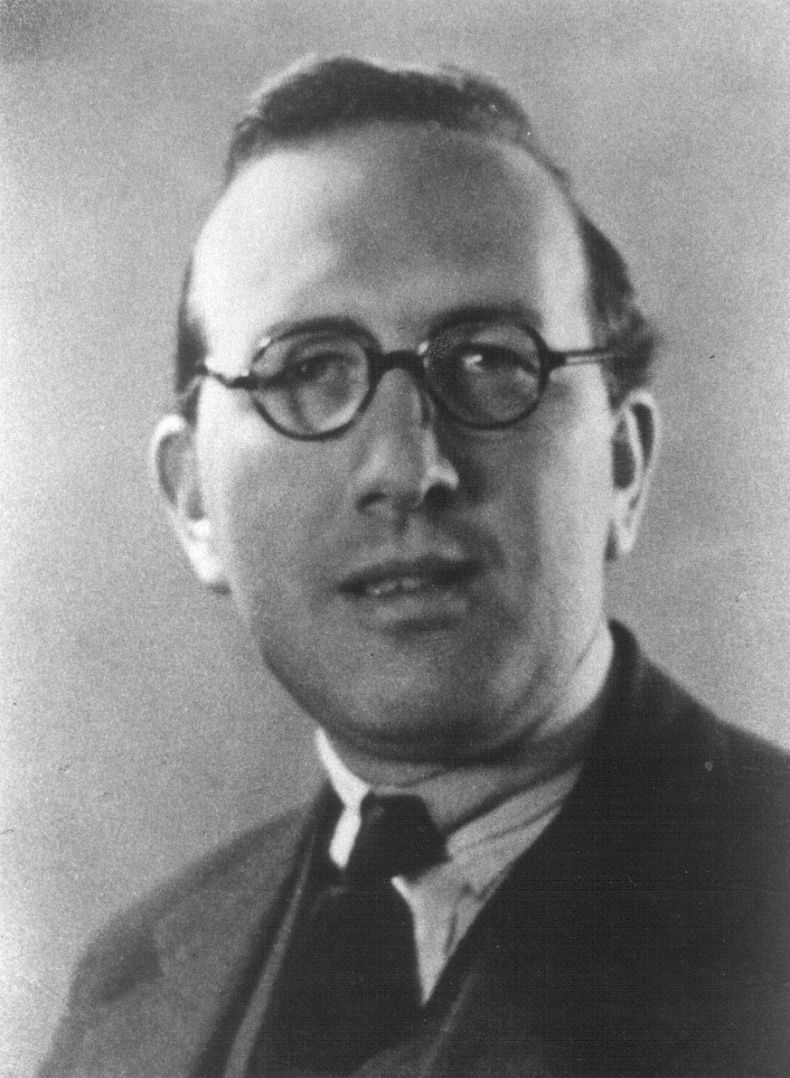
Kellett, Douglas
1906-1987
Businessman
Douglas Kellett was the third of seven sons of the prominent North East mining engineer, Matthew Henry Kellett (1870-1914) and his wife Louise Montchal (1883-1973). Douglas was educated at Bow Preparatory School, Durham, and as a boarder at Rossall School in Fleetwood, Lancashire. He progressed to Sidney Sussex College, Cambridge and, in 1928, was awarded a BA degree in Architectural Studies.
Matthew Henry Kellett, whose own father was a mining engineer, had risen to become an agent for the Pease family collieries in the North East, in effect serving as group managing director. He remained in this position until the General Strike of 1926 closed most pits, causing flooding and other problems resulting from lack of maintenance. It was during the reconstruction period that Matthew branched out on his own account, establishing the Mid Durham Coal Co. and reopening the Pelton Fell colliery. He acquired a coke works at Stella Gill and various brickworks. He served as agent and Director of the Washington Coal Co. and Leverson’s Wallsend Collieries Ltd. In the process he made a large fortune, living in style at Biddick Hall near Chester-le-Street.
Douglas Kellett never practised as an architect. Instead, he made a career in the family business working alongside father, elder brother Alfred, who had studied mechanical engineering at Cambridge and mining engineering at Birmingham, and younger brother Herbert. It was Alfred who inherited Matthew’s engineering talent. He took control of the collieries when his father died and, following nationalisation in 1947, he held high office within the National Coal Board. Meanwhile, Douglas and Herbert owned and managed the brickworks at Washington, Pelton Fell, Birtley and Unsworth. Ownership was vested in the Northern Industrial Improvement Trust Ltd. (NIIT), of which Douglas was the largest shareholder. NIIT owned valuable land and properties, which was sold off, including the 385-acre Low Barmston Farm, on which the Nissan car plant was built. The cash realised was used to create an investment portfolio.
Douglas married Gwen Vernon of Cheyne Row in Chelsea in October 1938. Her family had deep aristocratic roots as owners for 300 years of the Clontarf Estate in Dublin. The couple lived for a short time after World War II at Whittle Hall, a grand stately home near Chester-Le-Street, which dated back to 1330. The couple lived contentedly but had no children. They took the decision to leave their fortune to support elderly people. Douglas died in 1987 and Gwen inherited a life interest in his estate. When she died in 1996, £5 million was bequeathed to establish an endowment fund at the Community Foundation Tyne & Wear and Northumberland. The Kellett Fund makes numerous grants each year to support projects in Tyne & Wear, Northumberland and Chester-le-Street that “enable older people to age actively, and to remain involved in all manner of community activities.”
References
Batty, T. (2018). Newfield and Pelton Pit Villages ‐ Timeline, Durham in Time, Available here (Accessed: 08/05/2018).
Chester-Le-Street Heritage. (2002). Memories of Bill Davison, Available here (Accessed 8 May 2018).
Chester-Le-Street Heritage. (2018). Welcome to Chester-le-Street Heritage Group’s Official Website, Available here (Accessed: 08/05/2018).
Kellett, R. (2016). Douglas Kellett – A memoir, unpublished.
The Sunderland Echo. (1996). Million Legacy for Elderly, Available here (Accessed: 08/05/2018).